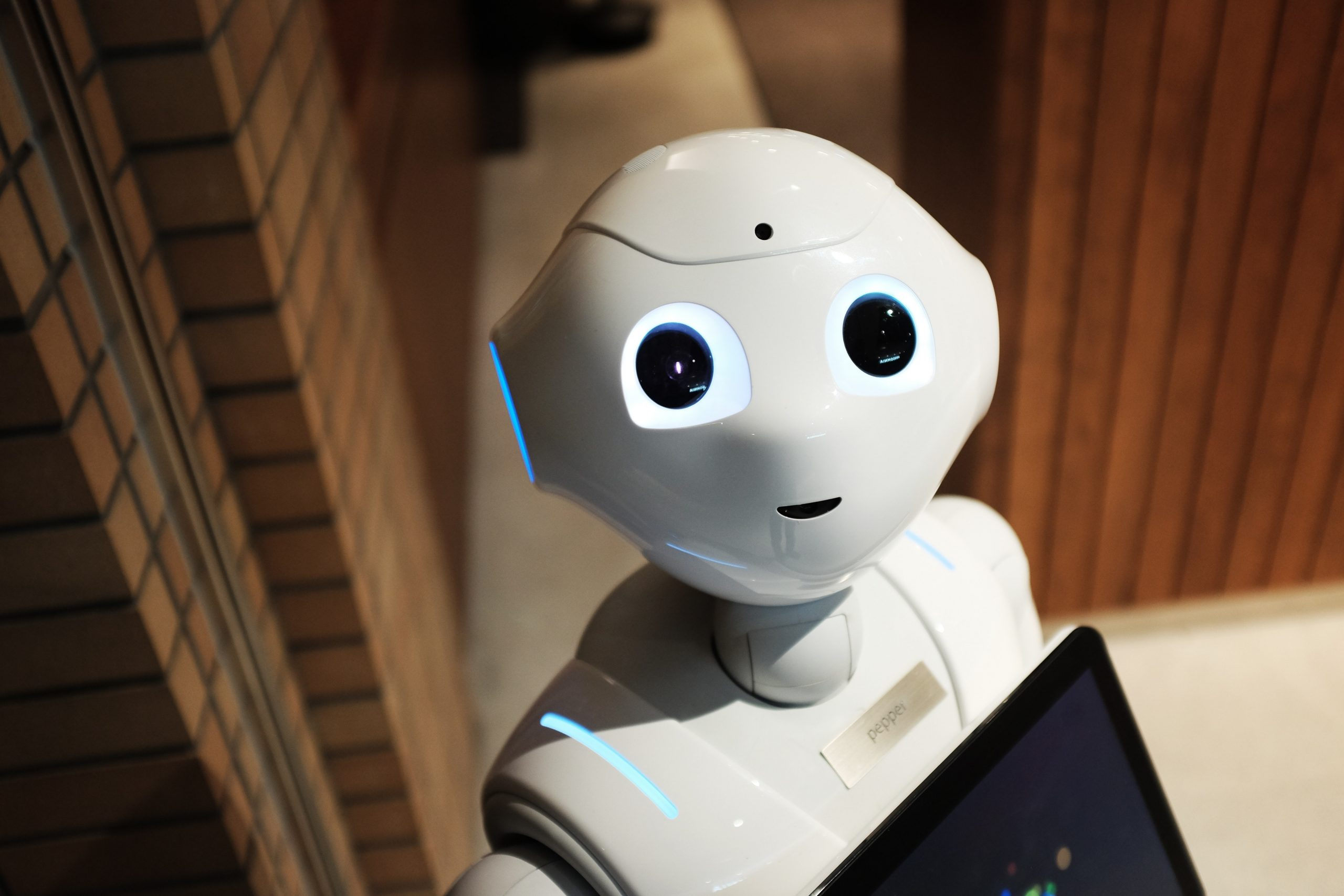I’ve understood that electrons move in a 3D field outside the nucleus and that they are quite far away from the nucleus itself (in relation to the atom scale).
What would happen if you pushed them out of this moving field of theirs, closer to the nucleus?
In normal conditions, this is almost impossible. You can’t just build a wall around an electron to limit its movement, and there is an inherent uncertainty about its position anyway. A better explanation would require concepts from quantum mechanics, but it wouldn’t be an ELI5 anymore.
In very extreme conditions, like the collapsing core of a supernova explosion, electrons are squeezed really really hard between the nuclei. In this case they can enter a nucleus, fuse with a proton and turn it into a neutron. The entire core of the star becomes a ball of neutrons, also known as a neutron star. This is the densest object that can exist, short of collapsing even further into a black hole.
I’m no expert, but I found this. An electron entering the nucleous and interacting with a proton is called electron capture. The proton and electron are converted into a neutron and an electron neutrino. The wiki article says this is a form of radioactive decay.
Let’s talk about orbital mechanics for a bit, and we’ll get back to electrons and protons.
Orbits happen because two objects are attracted to each other, but are moving too quickly in relation to each to actually collide with the other object. The faster the objects are moving, the wider the orbit, because they’re missing by a larger amount.
In order for an electron to get closer to a proton, you have to either increase the pull between them, such as with an electrical field, or slow down the electron somehow. Your answer depends on which of these things is happening.
If you push on it with something like an electrical field, the moment you stop pushing the orbit will correct itself, unless you pushed it so hard you got the electron to collide with a proton in the nucleus, in which case you get a neutron and a neutrino emitted. At some point in the future, it’ll probably decay into a proton and an electron again.
If you somehow just slow down the electron, you get a closer orbital shell, and it’ll stay there until something changes it’s velocity again. If you slow it down enough that it hits a proton in the nucleus, the same thing happens as above.


